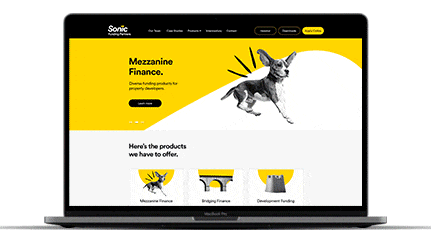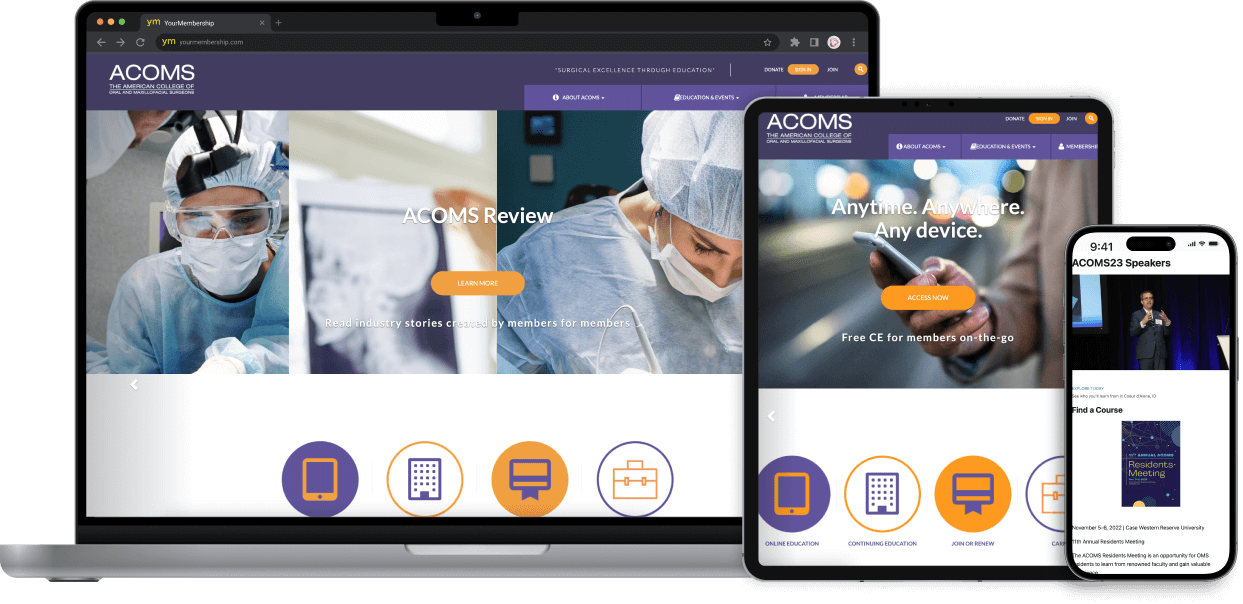How a Clean and Simple Website Design Can Enhance Your Site’s Usability
Boost Engagement With Cutting-edge Site Style Solutions
A thoughtfully crafted individual experience, underpinned by tactical aesthetic style and interactive aspects, can dramatically improve customer interaction. By checking out various techniques such as responsive design and customized content, services can produce a system that not just astounds individuals however additionally promotes long-lasting commitment.

Understanding Customer Experience
Comprehending customer experience (UX) is crucial for developing reliable website layout solutions, as it directly influences how users communicate with digital platforms. A detailed UX technique includes numerous components, consisting of usability, availability, and individual complete satisfaction, every one of which add to the general efficiency of a web site.
To start with, usability concentrates on how conveniently customers can browse and locate the info they seek - website design. A well-structured layout, intuitive navigating, and clear calls to action are essential components that improve use. Accessibility makes certain that all users, including those with handicaps, can properly interact with the site. This entails developing material that is certified with access standards and can be conveniently accessed making use of assistive modern technologies.
In addition, understanding user personas is essential for customizing the experience to satisfy specific audience requirements. By conducting customer study and testing, designers can gather understandings that notify layout choices, making sure the website not just satisfies aesthetic goals but additionally satisfies practical demands. Inevitably, a thoughtful technique to UX design fosters involvement, motivates retention, and enhances total individual contentment, which are essential for the success of any type of electronic platform.
Visual Layout Approaches
Including reliable aesthetic style strategies is important for recording user interest and boosting the total individual experience on a site. A well-balanced visual hierarchy overviews customers with the web content, enabling them to quickly absorb and browse info. This can be achieved with the tactical use of typography, shade plans, and spacing, which jointly produce a interesting and cohesive design.
Color plays a critical duty in developing and stimulating feelings brand name identification. Utilizing a balanced shade palette that lines up with the brand name's principles can cultivate familiarity and depend on. In addition, integrating high-quality images and graphics improves visual allure and can considerably improve customer interaction.
Whitespace, often forgot, is equally vital as it allows material to breathe and stops frustrating individuals with clutter. It facilitates much easier reading and understanding, leading to a much more satisfying browsing experience.
Lastly, consistency in layout aspects-- such as switch designs, symbols, and fonts-- makes sure a seamless user trip, enhancing the brand name's expertise. By tactically executing these visual design approaches, sites can not only draw in visitors however additionally motivate them to stay longer and engage more deeply with the content.
Interactive Elements for Interaction
Engaging customers effectively often depends upon the implementation of interactive elements that invite participation and foster a vibrant searching experience. These elements, including tests, surveys, and interactive infographics, urge users to proactively participate as opposed to passively take in web content. By incorporating such attributes, internet sites can not just record interest yet likewise improve customer retention.

Gamification is an additional powerful technique. Including game-like elements, such as achievements or rewards for completing jobs, can transform mundane interactions right into enjoyable experiences. This approach not just increases involvement yet likewise urges individuals to return, producing a dedicated target market.
Additionally, interactive aspects can assist in social sharing, enhancing a web site's reach. Functions like comment sections, share switches, and user-generated content locations foster neighborhood communication, transforming site visitors into energetic participants. website design. Inevitably, the critical usage of interactive components is important for developing a appealing and compelling site that resonates with customers
Responsive and Adaptive Style
A well-designed internet site has to prioritize adaptive and receptive layout to guarantee optimal individual experiences throughout a selection of gadgets and screen sizes. Responsive design uses liquid grids and adaptable photos, permitting the layout to automatically readjust based on the visitor's screen dimension. This technique ensures that individuals can easily navigate and connect with the material, despite whether they are utilizing a smart device, check my blog tablet computer, or desktop .
On the other hand, adaptive design makes use of predefined layouts that are tailored to specific device classifications. This indicates that the site identifies the kind of device being utilized and serves the proper layout, Discover More Here which can boost packing times and enhance the display screen of vital aspects. While both strategies aim to enhance use, receptive design is typically favored for its fluidity and smooth change in between devices.
Integrating receptive and adaptive design not only boosts user satisfaction however additionally positively impacts internet search engine rankings. Look engines prioritize mobile-friendly websites, hence boosting exposure and attracting even more site visitors. As a result, purchasing these style strategies is critical for businesses seeking to engage their target market efficiently and maintain an one-upmanship in today's electronic landscape.
Studying User Responses and Data
Customer feedback and data evaluation are vital parts of effective website style, as they offer beneficial insights into user behavior and preferences. By methodically accumulating and analyzing individual responses through surveys, functionality screening, and analytics devices, designers can recognize discomfort points and areas for improvement. This data-driven strategy makes it possible for companies to adjust their site elements, guaranteeing that the customer experience straightens with target market assumptions.
Examining metrics such as bounce rates, time on web page, and click-through rates provides a measurable point of view on customer engagement. These metrics help designers recognize which content resonates and which locations might require optimization. A/B screening can be employed to examine variants in design, permitting developers to make informed decisions based on individual interactions.
Incorporating customer responses not only boosts web site use yet also fosters a feeling of area and count on. Involving with individuals with comments loopholes cultivates loyalty and urges repeat sees. Inevitably, leveraging individual feedback and data analysis is essential to developing a dynamic, user-centered website that adjusts to evolving individual needs and preferences, thereby driving greater engagement and complete satisfaction.
Verdict

A thoughtfully crafted user experience, underpinned by calculated aesthetic style and interactive aspects, can substantially boost customer involvement.Including effective aesthetic design approaches is important for capturing individual attention and enhancing the overall customer experience on an internet site.Customer feedback and information analysis are necessary elements of reliable web site design, as they offer beneficial insights into individual habits and choices. Eventually, leveraging customer responses and information analysis is integral to producing a vibrant, user-centered internet site that adapts to advancing customer requirements and preferences, therefore driving higher engagement and complete satisfaction.
In verdict, innovative website design options dramatically boost individual engagement by prioritizing user experience, employing reliable visual techniques, and integrating interactive elements.